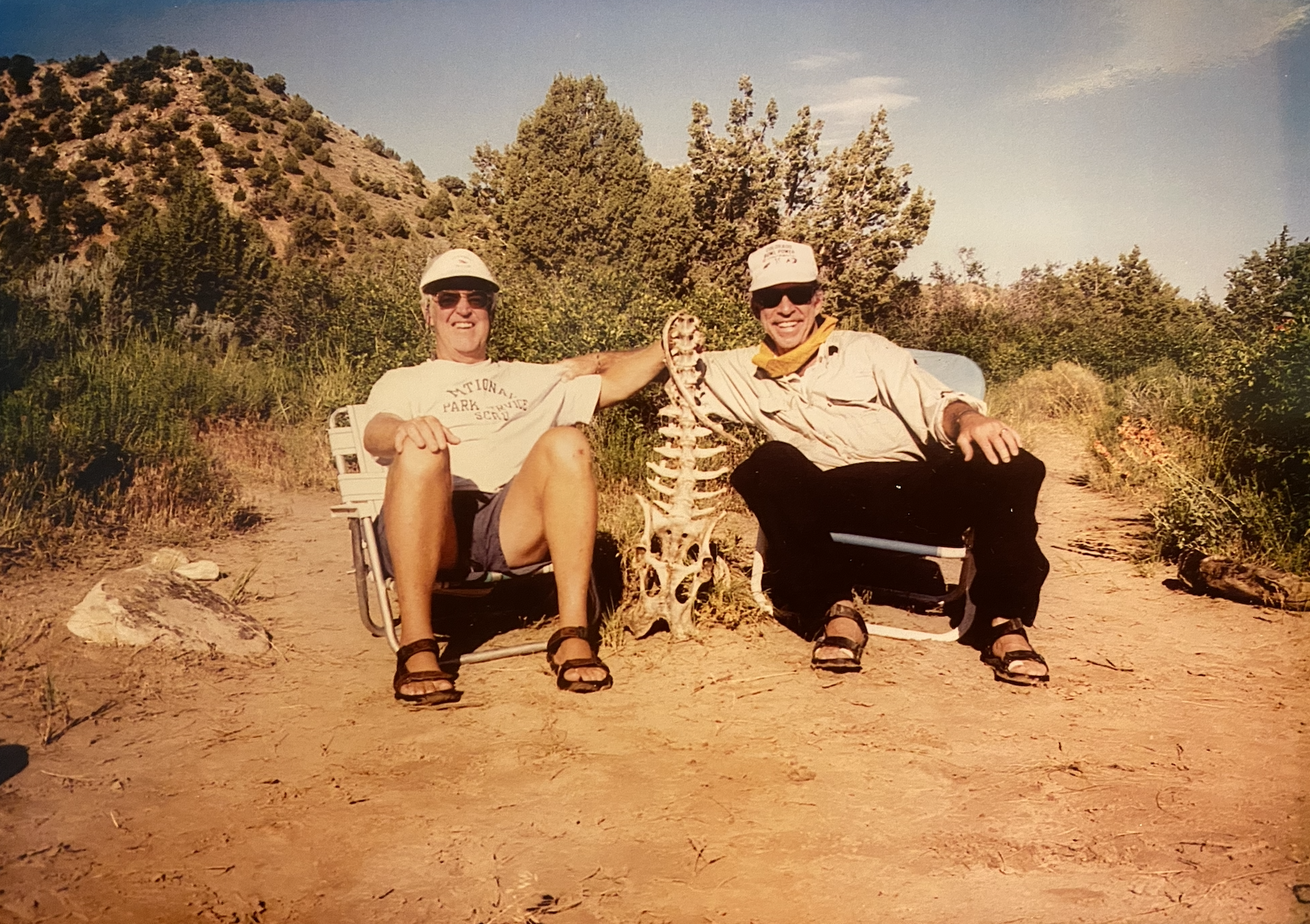Dr. Jill’s Study of the brain
Imagine going through life, diagnosed as “insane”
Due to trauma (injury) in a hemisphere of your brain
This is no place to take something for granted
Better we understand—neuroscience facts implanted
I am graduated from College, education mostly humanities
Little or no instruction on the brain’s entities
My wife, Mary, is a retired surgical nurse
Who in her medical training received no brain training or worse
It’s up to most of us to look at this book
And learn about the brain, at least take a look
Who knows what we might gain from Dr. Jill’s study of the brain.
© Forrest W. Heaton November 2025
We heard from a number of readers that they particularly enjoyed our November post: a blend of Thanksgiving and the book “Wake Up Grateful.” The sharing of gratefulness prior to the partaking of a large meal was a major part of our family’s Thanksgiving evening this year. Perhaps we can replicate this impact with another blend—in this case blending what we know as Christmas with the book “My Stroke of Insight.”
The blend of Thanksgiving and the book Wake Up Grateful is more obvious than the blend of “My Stroke of Insight” with Christmas. However, if the reader considers the gifts Dr. Jill, as her readers call her, gives us helps the link come alive, thus the blend.
Christmas. When you type the word “Christmas” and ask people what perceptions come to mind when they see that word you may hear some religious answers and some economic. If you are in the United States when you ask the question, most will probably answer Christmas celebrates the birth of Jesus Christ as the Son of God as explained in the books of Matthew and Luke in the Bible. The story is central to the Christian faith. Others may say it is a time for gathering the family. Some may say it is a Holiday or part of a larger Holiday Season including Thanksgiving while many will say it is a celebration of the birth of Christ which has more recently morphed into an economic issue involving the purchase and giving of gifts and the amount of sales overall.
The Book: My Stroke of Insight. was given to me by a friend and blog reader due to the fact that in 2024 I experienced either a seizure followed by a stroke or I experienced two strokes. She recommended my wife, Mary, and I read the book together. Mary has been busy with other matters and has read the book before. I am reading it alone and sharing much with her. You will find it helpful when your partner in this life is instructed in these matters to better help prevent his or her brain trauma and/or better help with the healing, should the trauma occur. (brain healing--a long and careful process.)
The book is by Jill Bolte Taylor, a brain scientist at Harvard University, a remarkable story of “fascinating brain science, detailed stroke experience, and insightful recovery journey. You will gain insight and wisdom to ponder.” You will likely gain a new and more complete understanding of the brain and how to help avoid this trauma and how to help once it occurs in yourself, family member, friend or loved one. The above portion in quotes is from a reader of Jill’s book, highlighted on the internet.
As many of you found out reading “Wake Up Grateful” after our Thanksgiving post, reading the book can be a life changing moment. That is true also for “My Stroke of Insight.” “How often do you get to hear a neuroscientist describe her own stroke? This is an amazing story on three levels; physical, emotional, and spiritual. Dr. Jill's description of her eight year recovery is both uplifting and powerful. But the spiritual aspect is alone worth the price of admission.” This is a reader review.
Christmas Memories. In July 2023, with our next blog posts already written, we were preparing to write our December 2023 post about Christmas. I asked my three children how they would describe Christmas. The following is what my youngest daughter, Amanda, sent to me. She was 54 at the time. She is 57 now. We feel her remarks are as instructive now as they were then.
“CHRISTMAS MEMORIES—Mandy
Twas the night before Christmas in the Heaton house and it was the best night of the year, other than July 4, of course. Not only did we get to stay up past midnight but we also got to open one present of our choice!
It was the time of year I sank my toes into orange shag carpet while marveling at our perfect Christmas tree, decorated with multicolored lights, silver tinsel, and ornaments labeled by the years we got, or made them. I pondered longingly at each present under the tree wondering if I could figure out a way to unwrap them without anyone knowing. I would stare at Mark Spitz, the salt dough ornament crafted by Mom, and wonder who the heck he was and why everyone thought the ornament was so funny. I would take in the clove-studded orange ornaments , that I only recently learned are called Pomanders, and wonder if they ever molded.
By the fireplace, we would leave carrots, cookies and milk for Santa and his reindeer. I was thankful that we never used that fireplace because it meant Santa wouldn’t get burned coming down the chimney. And I would wonder why he only ate half the cookie when he came—did he not like them? Who the heck only eats half a cookie?!? He must have great impulse control.
The best lesson about impulse control was taught on Christmas morning when we had to wait at the top of the stairs to go down to the tree together. Oh my, the excitement and anticipation! Today I don’t remember the gifts we received with the exception of two. The most memorable gift? ROLLS AND ROLLS of WHITE PAPER TOWELS that my Dad received. Seriously. And, he was beyond thrilled! Adults. Strange. I was thrilled about the gift I opened – a large neon feather adorned bird puppet. Now that is something to be excited about!
To this day the memory that sticks out the most (no pun intended) is wondering what the silver thing dangling from our dog, Cody’s, butt was. I got the courage to yank only to learn it was the silver tinsel from the Christmas tree. Merry Christmas!”
For you readers who don’t know us well, my first wife, Sally, is the Mom to whom Mandy referred in the above letter. We had three children—Matthew, Sara and Mandy. Sally, my college sweetheart, and thirty-one year mate for life died in 1996 of cancer that metastasized to the brain. Four years later, my current wife, Mary, (currently married 25 years) and I were married. Mary was divorced and had three lovely children, Carolyn, Jim and Sue.
And I do not recall why I used white paper towels but I do recall Sally making a joke out of it at the time. I loved Mandy’s letter and have saved it for use now. It turns out I didn’t use it for the December 2027 post and feel it fits in quite well here!
My Stroke of Insight. In chapter twenty Dr. Taylor writes: ‘I always end my emails with a tag-line from Einstein. I believe he got it right when he said, ‘I must be willing to give up what I am in order to become what I will be.’ I learned the hard way that my ability to be in the world is completely dependent on the integrity of my neurocircuitry. Cell by beautiful cell, circuit by neurocircuit, the consciousness I experience within my brain is the collective awareness established by those marvelous little entities as they weave together the web I call my mind. Thanks to their neural plasticity, their ability to shift and change their connections with other cells, you and I walk the earth with the ability to be flexible in our thinking, adaptable to our environment, and capable of choosing who and how we want to be in the world. Fortunately, how we choose to be today is not predetermined by how we were yesterday….You and you alone choose moment by moment who and how you want to be in the world. I encourage you to pay attention to what is going on in your brain. Own your power and show up for your life. Beam bright!
And when your life force wanes, I hope you will give the gift of hope and donate your beautiful brain to Harvard.”















